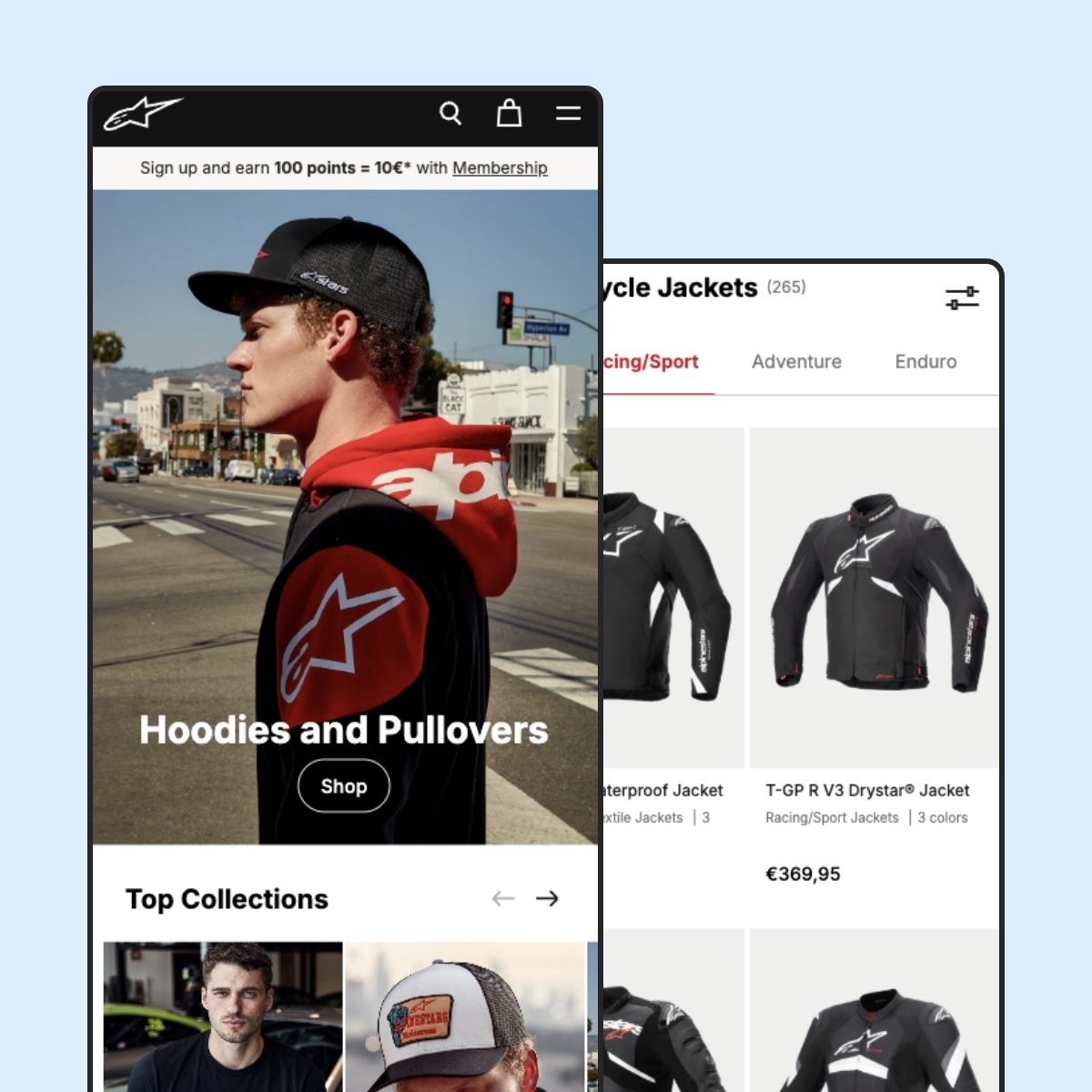What is the European Accessibility Act?
The European Accessibility Act (EAA) is an EU regulation that ensures people with disabilities can access digital products and services. For e-commerce businesses, this means meeting mandatory accessibility standards by June 28, 2025. These standards apply to everything from website design and navigation to the checkout process.
The act affects any business selling to customers in the EU, regardless of where your company is based. By adopting these standards, you ensure compliance and contribute to a more inclusive digital marketplace where everyone can participate fully.
In short, the EAA is about creating barrier-free digital experiences so everyone can easily browse, shop, and interact online.
To whom does this apply?
The EAA applies to all e-commerce businesses serving consumers in the EU. This includes:
- Online stores that sell directly to consumers.
- Companies with 10+ employees and a turnover exceeding €2 million.
- Non-EU businesses selling goods or services within the EU.
If your online store serves consumers, it’s safe to assume this law applies to you, so it’s time to start preparing.
What this means for merchants
The EAA was adopted in 2019, incorporated into national laws in 2022, and will be fully enforceable from June 28, 2025.
To comply, your online store must meet internationally recognized standards like WCAG and EN 301 549. Here’s what that means:
- Ensure your site is perceivable, operable, understandable, and robust. This includes ensuring people who use screen readers or rely on keyboard navigation can easily navigate your site.
- Forms should be easy to complete, with clearly labeled fields and helpful error messages. Adding alt-text to images allows screen readers to describe visuals to users, while captions for videos and plain, jargon-free language improve overall accessibility.
- Provide alternatives to CAPTCHA for verification.
- Use alt text for every image and captions or transcripts for video and audio content.
- Descriptions, pricing, and button labels should be clear and comprehensible to screen readers.
- The entire purchasing process is fully compatible with assistive technologies.
- Additional accessibility options, such as offline help desk support, are provided.
- Your site should be fully navigable using only a keyboard, ensuring it’s accessible to people with mobility impairments.
Compliance Obligations
- Non-compliance can result in penalties, with fines ranging from €90,000 to €900,000 in the Netherlands.
- Each EU Member State may introduce additional obligations, so staying informed about national implementations is essential.
Exemptions
- Micro-enterprises: Businesses with fewer than 10 employees and turnover below €2 million are exempt unless compliance would impose an “undue burden.”
Accessible websites are beneficial for all
Not everyone navigates websites the same way. People with disabilities may rely on voice recognition, screen readers, Braille displays, or keyboard navigation to browse online stores. Over 135 million people in the EU have disabilities, and by ensuring your store is accessible, you open the door to a significant customer base that you might otherwise not reach. Additionally, accessibility improvements can boost your SEO, helping your store rank higher in search engines like Google and increasing organic traffic.
Compliance isn’t just about improving reach; it also reduces legal risks. Failing to meet the EAA standards can lead to hefty fines or even restrictions on your store. Addressing accessibility now helps safeguard your business against future legal challenges. Beyond compliance, an accessible store creates a better user experience for everyone. Improvements that support users with disabilities, such as clearer navigation, better contrast, and structured content, make shopping easier for all customers, ultimately leading to higher conversions and greater customer satisfaction.
How Shopify merchants prepare for EAA compliance
For Shopify merchants, compliance with the EAA isn’t just a legal requirement; it’s an opportunity to make your store more inclusive and user-friendly. Start by auditing your store’s accessibility using tools like WAVE or Google Lighthouse to identify potential issues. Shopify also offers an accessibility checker app to help pinpoint areas for improvement. Choosing an accessible theme is another key step. Many Shopify themes already incorporate key accessibility features, so opt for one that’s easy to navigate, with strong contrast and clear readability. Make sure your design is keyboard-friendly to support users who can’t use a mouse.
Regular testing is essential - gather feedback from users with disabilities and perform frequent accessibility audits to ensure your store remains compliant. Lastly, staying informed about EAA and WCAG guidelines will help you maintain accessibility standards in the long run, making your store more user-friendly for everyone.
How can we help
At Code, we build Shopify stores that are designed to perform and that includes making sure they’re accessible to all users. Whether you're starting from scratch or updating your current theme, we help merchants identify areas for improvement, implement accessibility best practices, and meet compliance standards like WCAG and the EAA.
From choosing the right theme and optimizing navigation to structuring your content and improving form usability, we guide you through every step. Accessibility isn’t a one-off task, and we’re here to make it manageable, practical, and future-proof.
Need help making your store EAA-compliant? Let’s talk! Read our CBT blog for more insights and practical tips.


.png)
